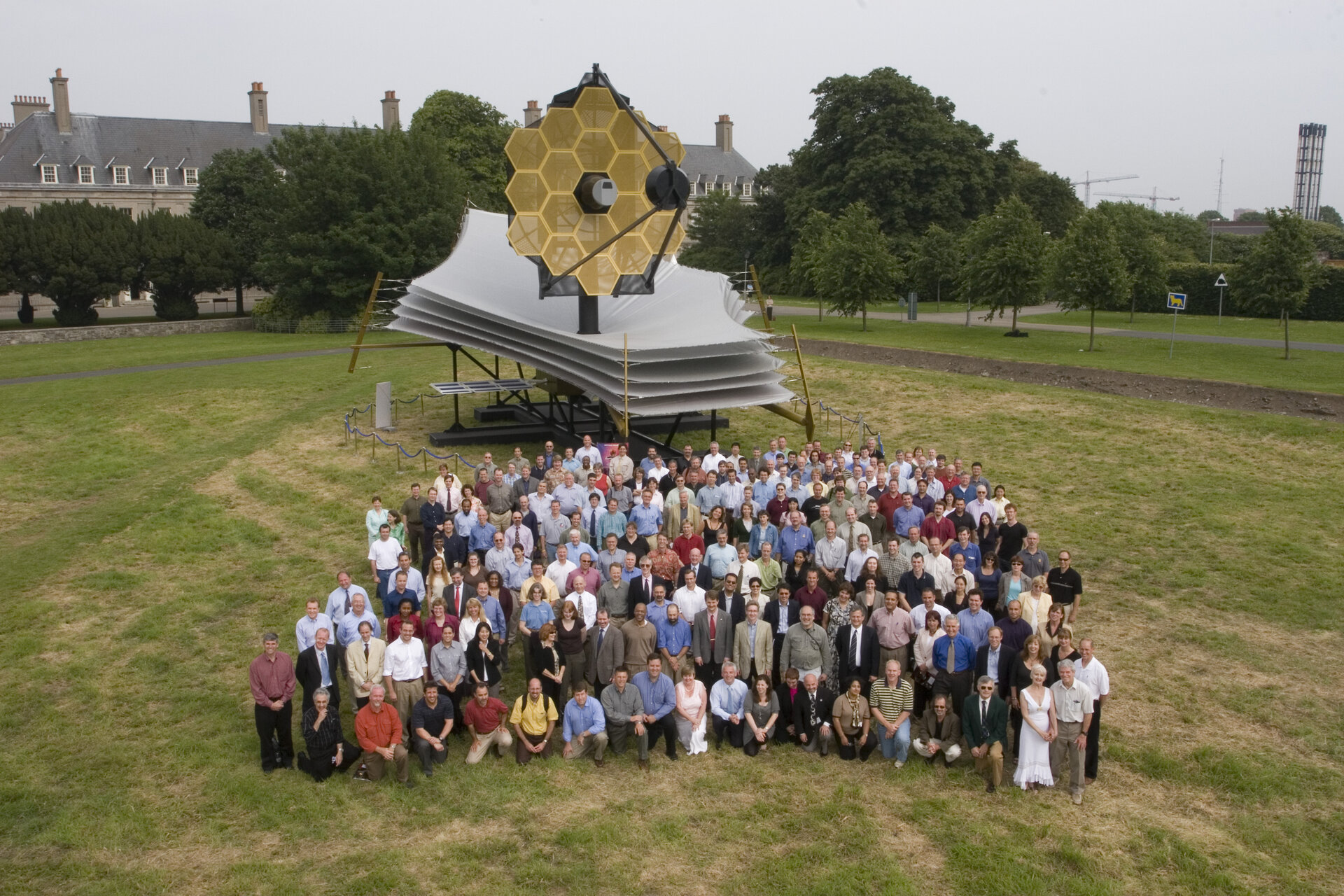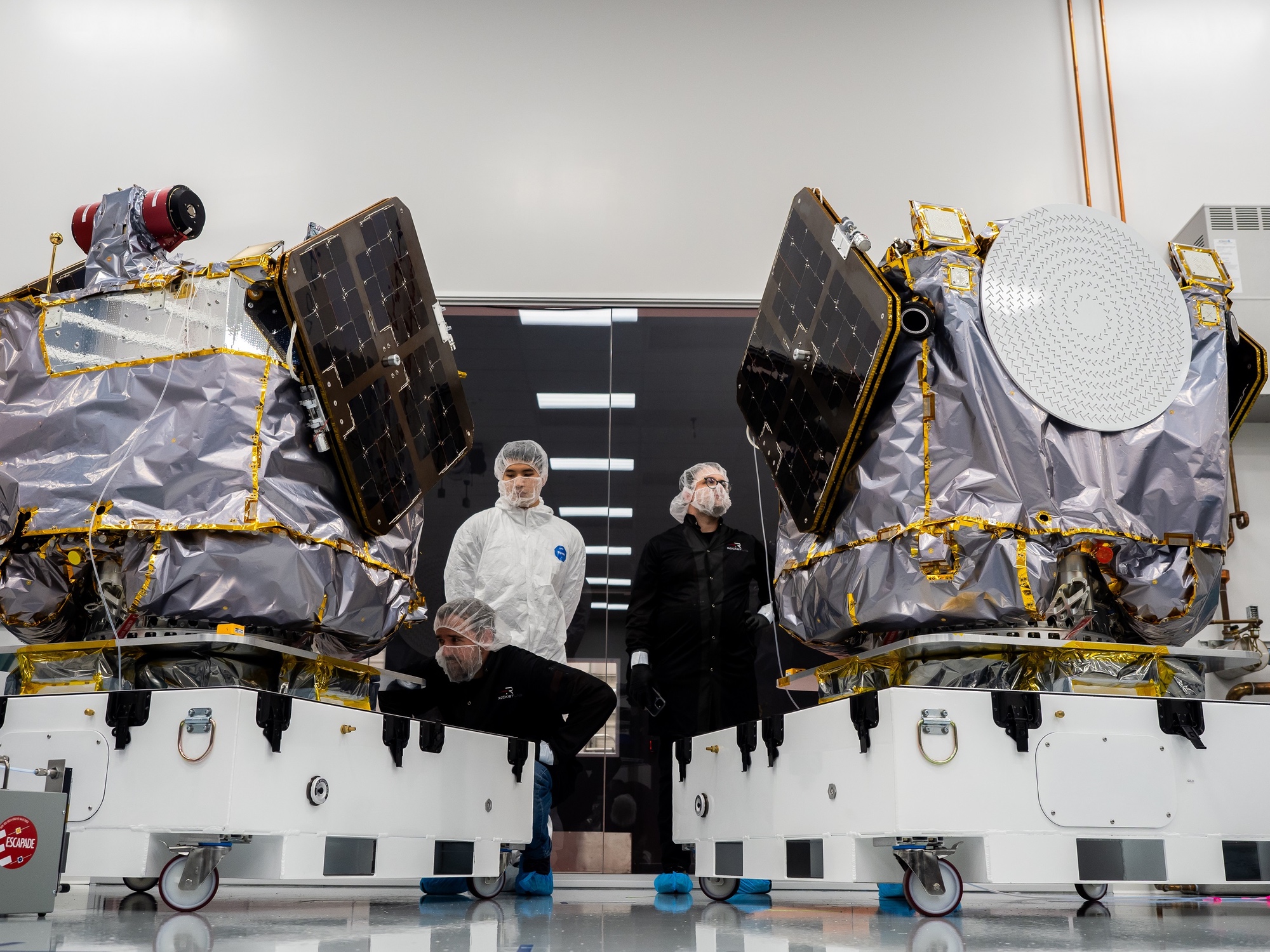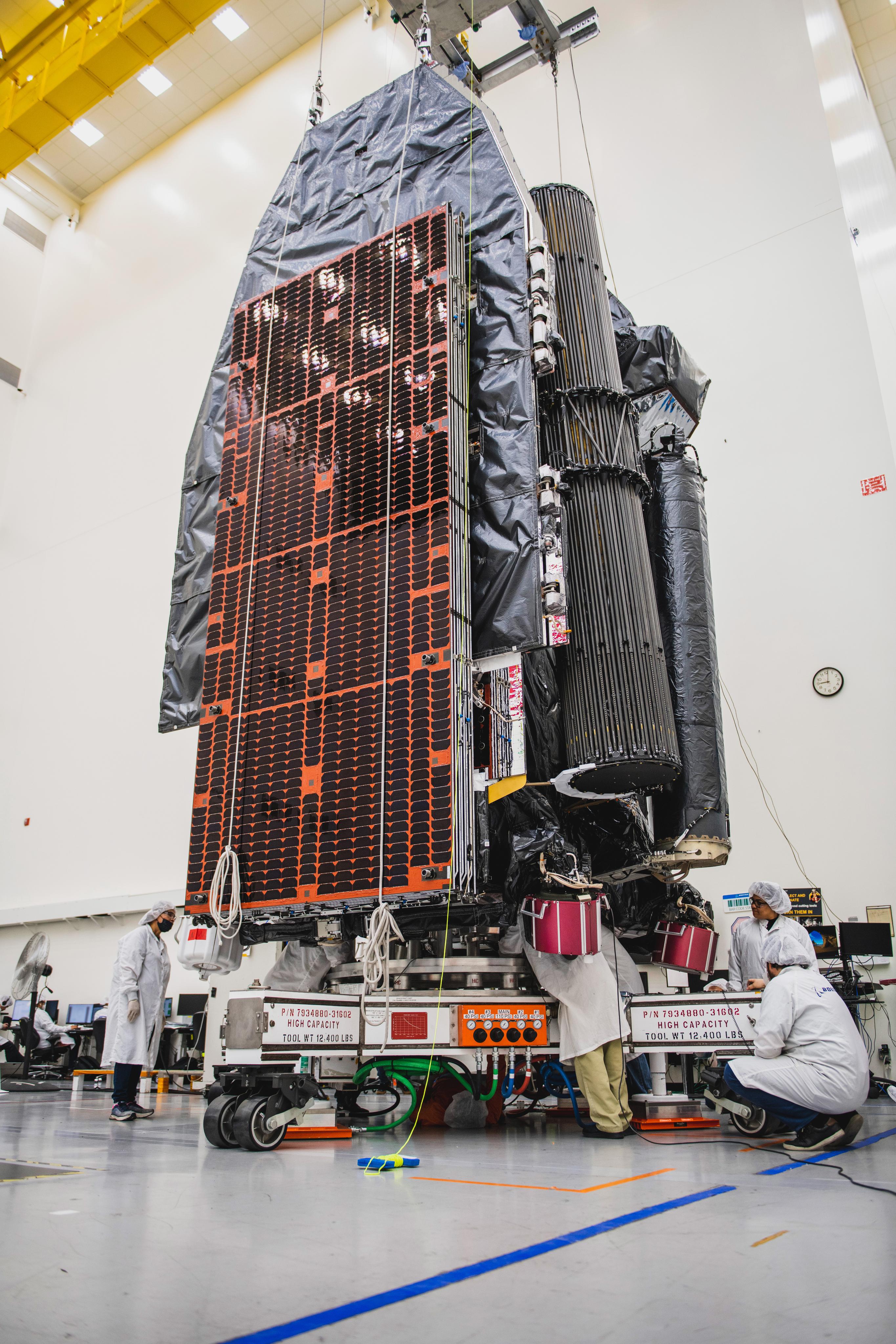If these are smallsats, what does a normal sized satellite look like?
Each of the twin spacecraft — called Blue and Gold after the colors of the University of California Berkeley, which will run the mission — weighs 524 kilograms
These days, anything under ~1 tonne or so is considered “small”. Spacecraft like the Mars Reconnaissance Orbiter and Psyche were each over 2 tonnes at launch, and some geostationary communications satellites can be upwards of 10 tonnes and the size of a school bus.
I was thinking a cubesat was a small satellite 😃. I guess thats micro or something.
I guess I’ve never considered how big the satellites were until seeing that picture next to the people.
I guess with the square-cube law, one 10 times as heavy might only be twice as tall.
I’ve never considered how big the satellites were until seeing that picture next to the people
Yeah, humans for scale definitely help:
Here’s ViaSat-3 Americas:
And here’s a 1:1 scale model of the unfolded JWST:

Spacecraft can be surprisingly large.
This is going to sound weird given my surprise, but JWST seems smaller than I expected! I definitely expected the mirror array to be like 10 or 20 people tall or more, not 3.
To be fair, I also didn’t expect Hubble’s mirror to be not much bigger than a person.
All the ground based telescopes throw off my expectations.
Edit: Actually, I think it’s the radio telescopes throwing off my expectations





